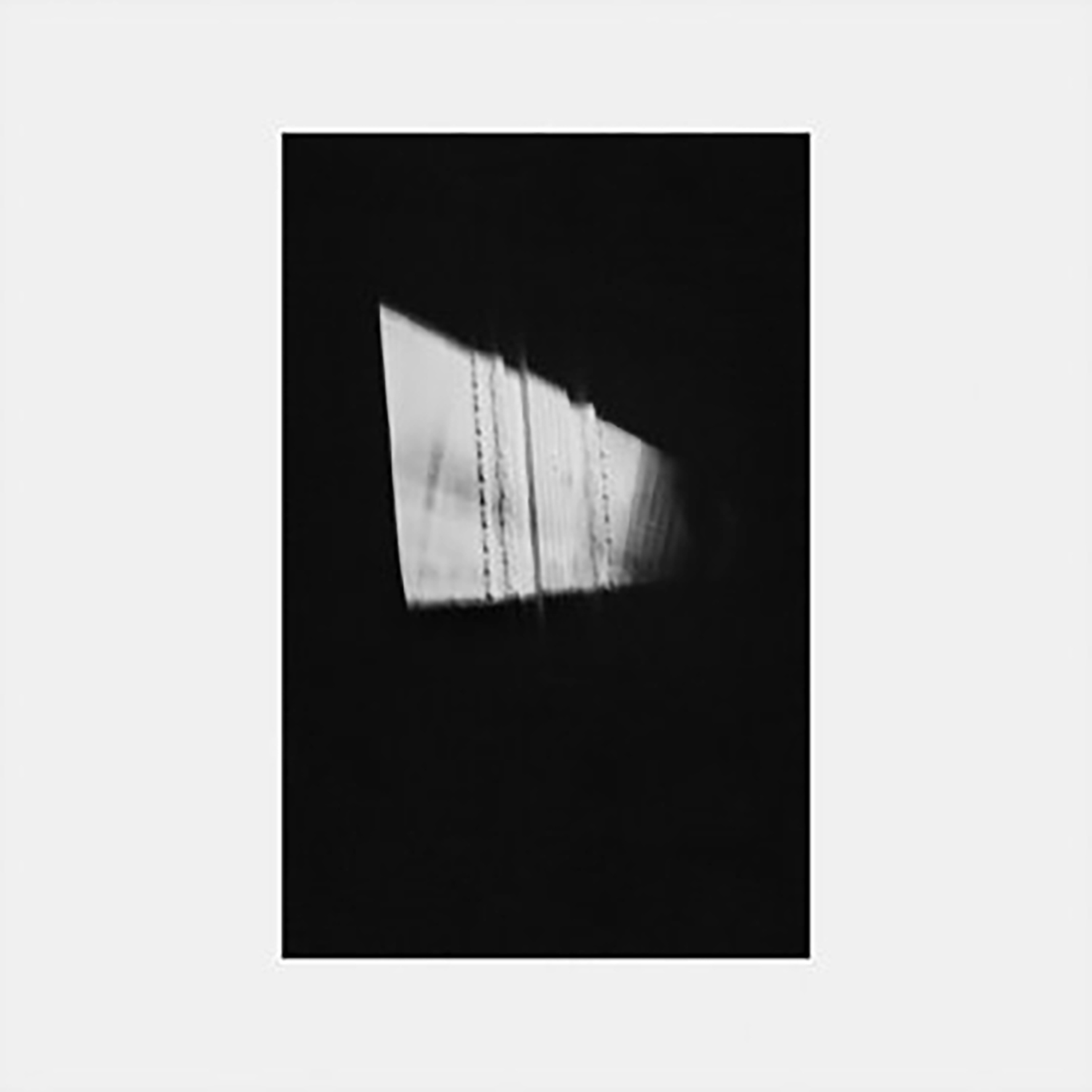 It has been roughly three years since Lawrence English last released a proper solo album (2017’s Cruel Optimism), though he has kept himself quite busy with collaborative work since then (most notably as half of HEXA). Nevertheless, I have always been quite fond of his solo work, so I was hoping that he had something ambitious in the pipeline and this latest release hits the mark in that regard. While I am not sure that I would necessarily characterize Lassitude as one of English's major releases, it is at least half brilliant and takes quite a different approach to drone than his usual fare. Part of that uniqueness lies in the fact that English focused entirely upon the pipe organ for this release, but Lassitude is perhaps even more significantly influenced by its inspirations, as one piece is inspired by Éliane Radigue and another by Phill Niblock.
It has been roughly three years since Lawrence English last released a proper solo album (2017’s Cruel Optimism), though he has kept himself quite busy with collaborative work since then (most notably as half of HEXA). Nevertheless, I have always been quite fond of his solo work, so I was hoping that he had something ambitious in the pipeline and this latest release hits the mark in that regard. While I am not sure that I would necessarily characterize Lassitude as one of English's major releases, it is at least half brilliant and takes quite a different approach to drone than his usual fare. Part of that uniqueness lies in the fact that English focused entirely upon the pipe organ for this release, but Lassitude is perhaps even more significantly influenced by its inspirations, as one piece is inspired by Éliane Radigue and another by Phill Niblock.
I suspect Lassitude’s title is intended as droll exploitation of the word's dual meanings, as the timing of the release certainly coincides with an abundance of dispiriting and mentally wearying events throughout the world.However, in a highly localized sense, English seems to also be alluding to how physically exhausting it can be to play a pipe organ: in his description of the album, he notes how sore he was after "holding the bass pedals and manipulating the stops ever so delicately" for the performance of the title piece.The organ in question, currently housed in Brisbane's Old Museum, dates from the 19th century and is presumably a familiar instrument for English, as pipe organs have been audibly surfacing in his work since at least as far back as 2014's Wilderness of Mirrors (and I doubt there are a wealth of other building-sized instrument options in his immediate vicinity).Given the complexity of the instrument, I would not envy anyone trying to master advanced melodic compositions, but the organ's elaborate system of stops allows for nuanced tonal changes that are extremely well-suited to drone-based compositions such as these (or those of Kali Malone).Given that, it is no surprise that both of Lassitude's lengthy compositions are hyper-minimal drone works, though the stylistic difference between the two is admittedly quite dramatic.
According to English, the opening "Saccade (For Éliane Radigue)" was largely inspired by classic Radigue albums like Adnos, Trilogie de la morte, and L'île re-sonante and he makes absolutely no attempt to conceal that influence at all.In fact, "Saccade" is textbook Radigue fare on its face, as it is essentially just a single pulsing, quavering tone that gradually blossoms into a hypnotic swirl of chirping and buzzing oscillations.To his credit, however, English brings some impressively effective innovations to Radigue's signature aesthetic, condensing her characteristically epic time scale into a lean and heavy 20-minute dose of visceral, slow-burning, and hallucinatory drone nirvana.That could very well be unintentional, as not many artists share Radigue's superhuman patience, but English's more distilled and dense incarnation of simmering and throbbing oscillation worship could not possibly have been executed any more beautifully: "Saccade" is harmonically and rhythmically absorbing and intense from start to finish.The pleasures of the Niblock-inspired "Lassitude," on the other hand, are a bit less readily apparent, though that is partially because all of the action takes place in a lower frequency range.That said, the piece is considerably more consonant than predecessor, unfolding mostly as a single deep chord undarkened by ugly harmonies.Consequently, it feels comparably placid and "ambient," though sufficient volume and focused listening reveals seismic, slow-motion transformations continually unfolding in its rumbling depths.    
As an homage to Niblock, "Lassitude" is admittedly solid, but it is no better or no worse than its inspiration and too minimal to allow much (if any) of English's individual character to manifest itself.As such, it is by far the weaker of the two pieces.Unlike "Saccade," however, the title piece was recorded as a single one-take performance (a first for English).Seen in that light, "Lassitude" is quite an impressive feat of control, patience, and nuance.Of course, given that this is an album and not a public performance, I still cannot help but wonder how much better the piece could have been if it had been subjected to English's full compositional, editing, and production powers.Given how beautifully "Saccade" turned out, it is hard to imagine that "Lassitude" would have been anything other than a similarly sublime stunner in those circumstances.Then again, maybe not, as it is difficult to envision much that would not pale in comparison to "Saccade."In fact, it may very well be the single best piece Lawrence has ever recorded: a mesmerizing, billowing dream cloud curdled by endlessly shifting dissonances.
Samples can be found here.
Read More

